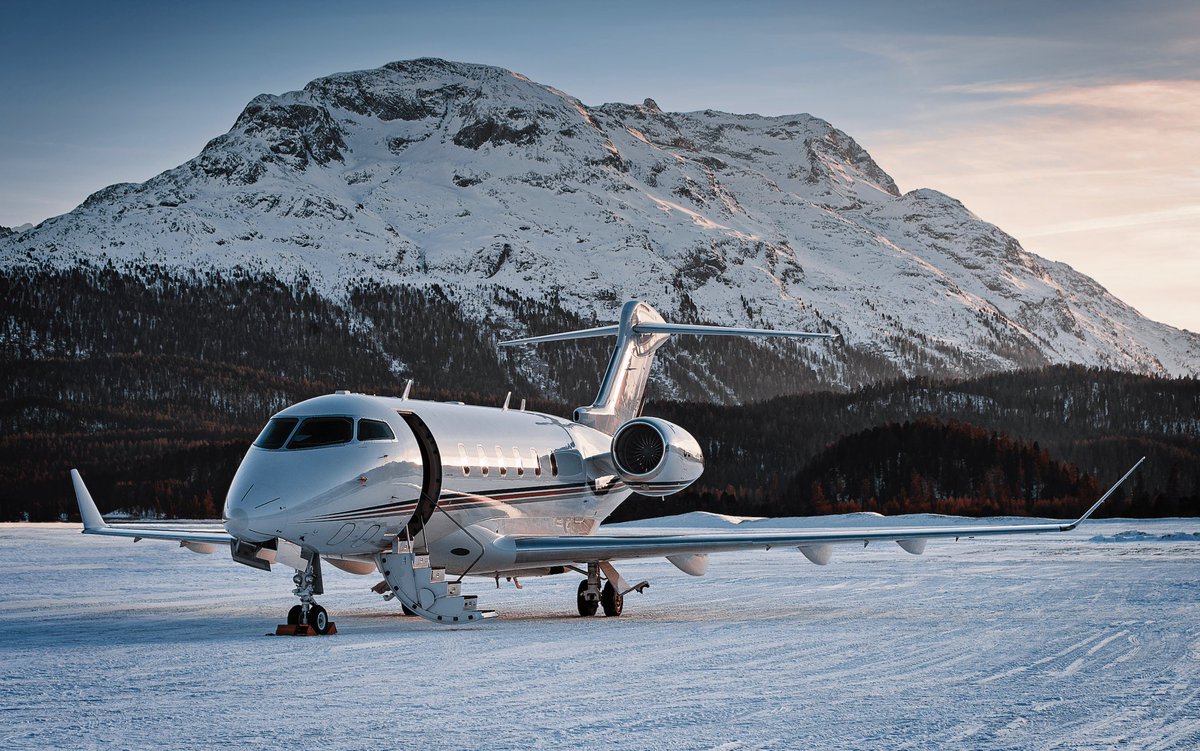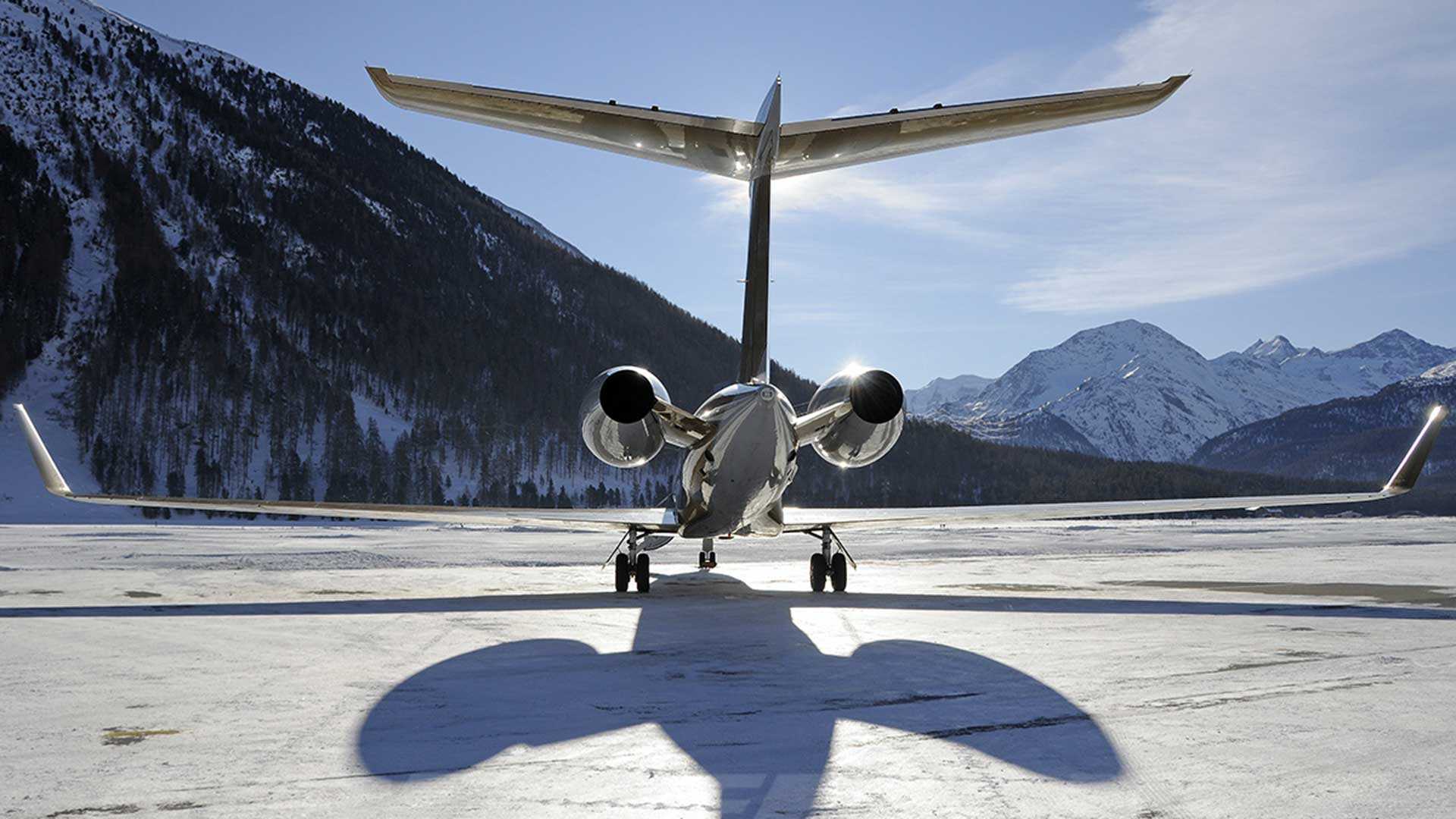How to avoid the pitfalls of organizing a flight in the winter? We have prepared the 10 most important tips ahead of the winter charter season for those who book flights with private aviation and do not want to face unforeseen difficulties. The difficulties that await customers of business charters in the winter are primarily due to the high workload of destinations popular this season (ski resorts and distant exotic countries) and seasonal and climatic features that impose certain restrictions on the operation of the air transport system.
1. Plan your trip and book your aircraft in advance. The sooner you take care of organizing your trip and finding a business jet, the more choices you will have. Closer to the holidays in the market you can find less and less suitable options, and you will have to take what remains. If you're lucky, of course. In addition, the cost of the remaining available boards will increase every day.
2. Passengers must be at the airport at least 40 minutes before departure, so as not to lose the slot. Due to the high workload and heavy traffic at airports in the high winter season, the risk of losing a slot (the time interval allotted for take-off and landing of the aircraft) even with a slight delay is much higher than usual. If you still succeed in flying out late, you are unlikely to be able to board your destination. After all, the landing slot will also be lost, and the dispatcher will most likely send your aircraft to the alternate aerodrome. And this is an additional cost. If we are talking about long flights to exotic countries, for example, to the Maldives, then the late arrival of passengers can lead to even more unpleasant consequences. If passengers are late for at least an hour, they will disrupt the pilots' work schedule and transfer the flight to another day. Or they will urgently need to look for an additional crew.

3. Fly in or out during daylight hours. With the onset of darkness, the small airports of resort towns do not work. It gets dark faster in winter. And in mountainous areas, the risk of bad weather increases in the early morning and at night. Therefore, most small airports located along the route of popular ski resorts do not accept planes after dark. If you are late for departure, there is a risk that you will not be able to board at the destination airport and you will be sent to the alternate aerodrome. And this is an additional cost.
4. Helicopter transportation at ski resorts: organize daylight flights on the entire route. A helicopter transfer of passengers from the airport of the arrival point to the ski resort should be planned for the day. Helicopters can only move during the day, so ask the broker to plan a trip in advance so that the entire flight along the route, from takeoff to landing, passes until it gets dark.
5. Arrange with suppliers at alternate airportes. The risk of aircraft leaving for an alternate aerodrome due to bad weather when traveling to the ski resorts is quite high. In this case, you need to ask your broker to compile a list of airfields in advance and find suppliers who will insure you and, if necessary, will provide transfer and service.
6. Choose one service provider along the entire route. By reducing the number of suppliers, you reduce risks. For example, it will be more convenient for passengers if the plane and the helicopter for transfer are parked nearby, and a certain person with all the demand will be responsible for luggage. Most reliably, this task will be solved if one supplier is engaged in both charter and helicopter transportation.

7. Carriage of ski equipment: check the capacity of the luggage compartment of the aircraft in advance. Check the dimensions of the luggage compartment of the selected business jet in advance. And not only its volume, but also the length and width in order to check the possibility of placing the appropriate ski equipment. To do this, you need to know in advance the size, volume and quantity of equipment. Otherwise, it will have to be placed in the cabin, which will cause inconvenience to both passengers and crew.
8. Choose alternative airports at ski resorts. The arrival of most business jets to ski resorts is often planned through the small airports of nearby towns. This often entails increased risks: the receiving capacity of small airports is more affected by bad weather or time of day. We recommend that you consider other landing options: take a closer look at larger airports. They may be a little further from your ski resort, but they can take a plane even in the dark and offer much more in terms of service. The difference of several kilometers will not play any role if you are well organized transfer. For example, if you are flying to Courchevel, we recommend that you consider the airports of Geneva and Chambery as an alternative.
9. Aircraft de-icing: include costs or hangar storage. The cost of handling the vessel with de-icing fluid is usually not included in the cost of the voyage and is paid extra. But they must be budgeted in the winter, as they are likely to be inevitable along the route. To reduce these costs, as well as to avoid high risks of aircraft breakdown during winter outdoor parking, we recommend that you arrange a business jet in the hangar. For example, the average cost of a hangar parking is about 1000 euros, and standard de-icing will cost about 1.5 thousand. If you are not lucky and you leave the plane outdoors in bad weather, then the cost of processing can go up to an extreme of 15,000 euros. In hangar storage, de-icing can be minimal and overall costs will be lower.